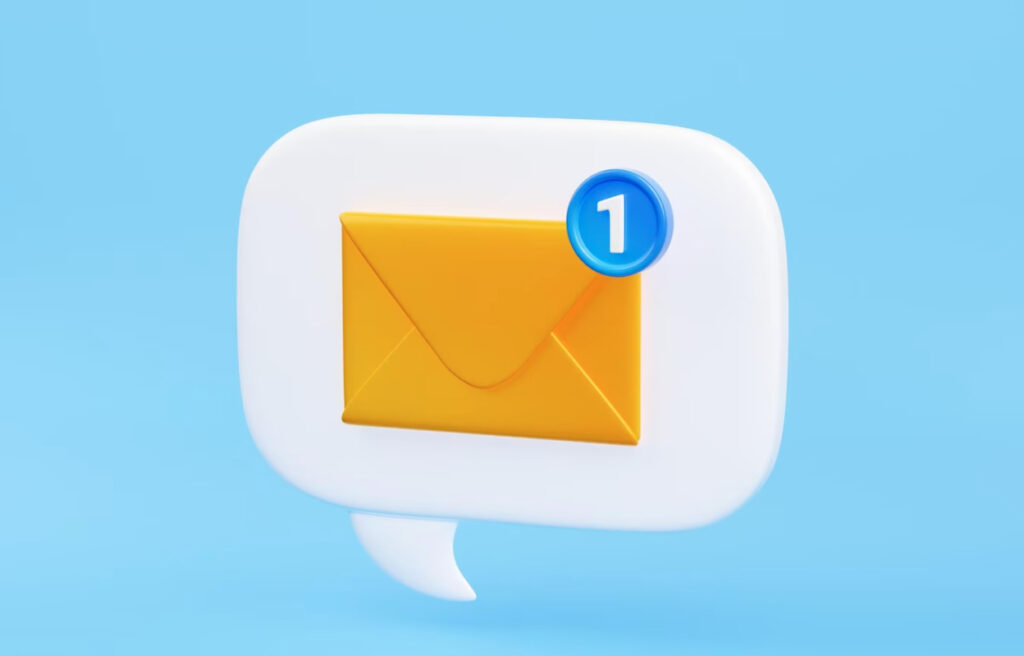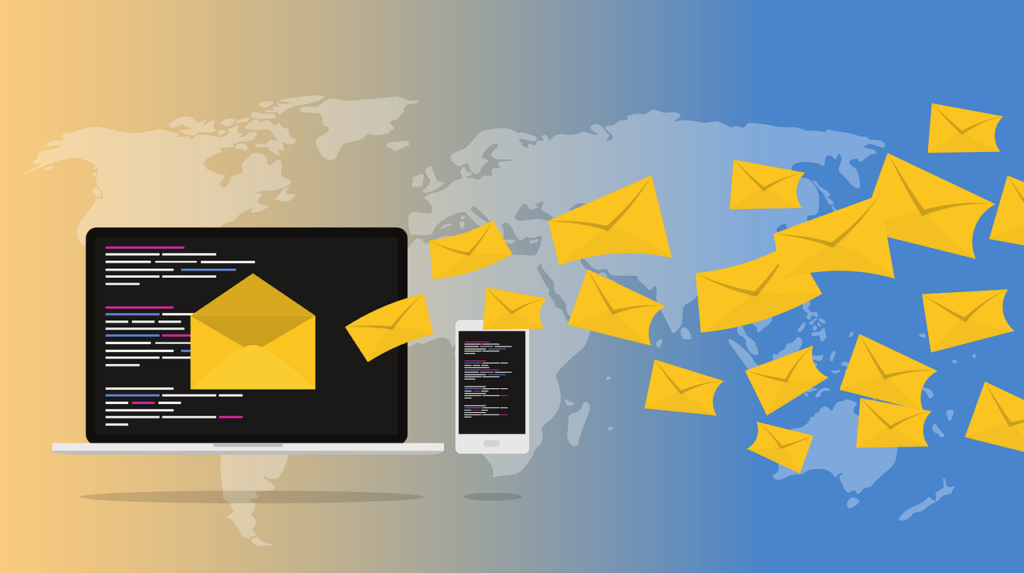In today’s digital landscape, email marketing remains a powerful tool for engaging with your audience. It’s a direct and cost-effective way to reach potential customers, nurture existing relationships, and drive conversions. However, the challenge lies in finding the delicate balance between personalization and user privacy.
As consumers become increasingly concerned about the security of their personal information, businesses must adapt their email marketing strategies to respect these concerns while still delivering personalized content that resonates with recipients.
The Benefits of Personalization
Personalized emails can achieve significantly higher open and click-through rates, ultimately driving better conversion rates. Recent studies have shown that emails with personalized subject lines are 26% more likely to be opened.
To implement personalization effectively, consider these strategies:
- Segment Your Audience: Divide your email list into segments based on demographics, behavior, or preferences. This allows you to send targeted content to specific groups.
- Use Dynamic Content: Customize email content based on recipient data. For example, you can dynamically insert a subscriber’s first name into the email body.
- Recommendations and Product Suggestions: Provide tailored recommendations to customers based on their past interactions. This not only enhances personalization but also encourages repeat purchases.
The Importance of User Privacy
With data breaches and privacy concerns making headlines, protecting user data is paramount for any business engaging in email marketing. Failure to do so can result in reputational damage and legal consequences.
To safeguard user privacy:
- Obtain Explicit Consent: Ensure users have opted in to receive emails. Make the opt-in process clear and transparent.
- Secure Data: Use encryption and robust security measures to protect user data from unauthorized access.
- Honor Unsubscribe Requests: Respect user preferences and promptly remove them from your email list when requested. This is not only a legal requirement but also a trust-building measure.
Striking the Right Balance
Achieving the perfect equilibrium between personalization and privacy requires careful planning and ongoing monitoring. Here are some tips:
- Transparency: Clearly communicate your data usage and privacy policies. Let subscribers know why you’re collecting data and how it benefits them.
- Opt-Out Options: Make it easy for users to modify their preferences or unsubscribe. An effortless opt-out process shows respect for their choices.
- Testing and Optimization: Continuously analyze the impact of personalization on engagement. If you notice that certain personalization tactics lead to a drop in engagement, be prepared to adjust your strategy accordingly.
GDPR Compliance
The General Data Protection Regulation (GDPR) has reshaped the landscape of data protection. To ensure compliance:
- Data Audit: Understand what data you collect and why. Maintain records of data processing activities.
- Consent Management: Implement robust consent management systems to capture and track user consent.
- Data Portability: Allow users to access and transfer their data easily. GDPR grants users this right, and compliance demonstrates your commitment to transparency.
- Appoint a Data Protection Officer: In some cases, this may be required by GDPR, especially for businesses processing sensitive data.
User Consent Management
Effectively managing user consent is crucial for staying on the right side of privacy regulations. Here’s how:
- Clear Opt-In Process: When users subscribe, make sure they understand what they are consenting to. Clearly state how their data will be used.
- Granular Options: Allow users to choose the level of personalization they want. Some users may be comfortable with extensive personalization, while others may prefer limited customization.
- Regular Consent Renewal: Periodically review and refresh consent preferences with subscribers. This ensures that users are continually aware of and agree to your data practices.
- Consent Tracking: Maintain records of consent for compliance purposes. In the event of an audit, having a documented history of user consent can be invaluable.
Email Personalization Best Practices
To excel in email personalization:
- Use Behavioral Data: Leverage past behavior to predict future preferences. For example, if a subscriber frequently clicks on links related to a specific product category, tailor future emails to focus on those interests.
- A/B Testing: Experiment with different personalization strategies to see what resonates most with your audience. This can involve testing subject lines, content formats, or even the timing of your emails.
- Personalized Recommendations: Offer product recommendations based on user history and preferences. This not only enhances personalization but also increases the likelihood of conversion.
- Automate Personalization: Use automation tools to personalize at scale. Automation allows you to send personalized emails to a large audience without the need for manual intervention.
Conclusion
In conclusion, personalization and privacy are not mutually exclusive in email marketing. By following best practices, respecting user preferences, and staying GDPR compliant, you can strike the right balance and create effective email campaigns that engage your audience while protecting their privacy.
The future of email marketing will continue to evolve in this dynamic landscape, and businesses that prioritize both personalization and privacy will stand out as trustworthy and customer-focused brands. Remember that building and maintaining trust is a long-term investment that pays dividends in customer loyalty and satisfaction.


